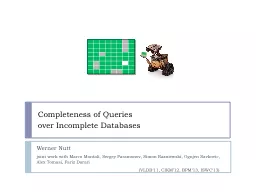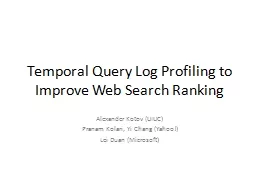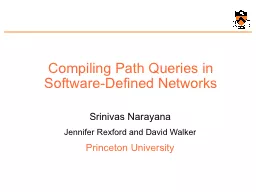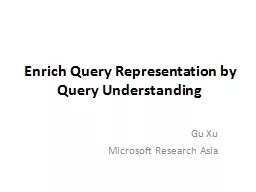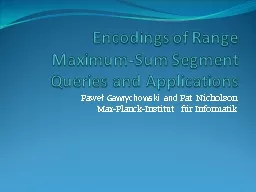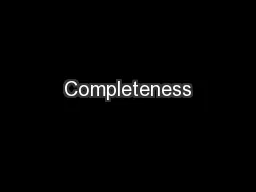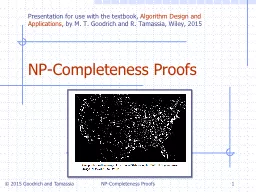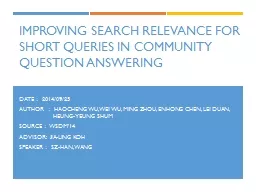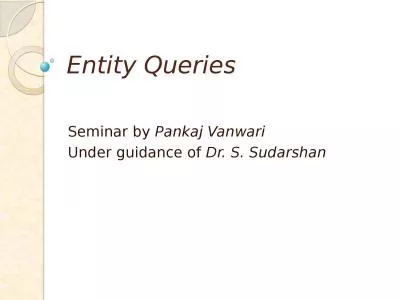PPT-Completeness of Queries
Author : min-jolicoeur | Published Date : 2018-03-08
over Incomplete Databases Werner Nutt j oint work with Marco Montali Sergey Paramonov Simon Razniewski Ognjen Savkovic Alex Tomasi Fariz Darari
Presentation Embed Code
Download Presentation
Download Presentation The PPT/PDF document "Completeness of Queries" is the property of its rightful owner. Permission is granted to download and print the materials on this website for personal, non-commercial use only, and to display it on your personal computer provided you do not modify the materials and that you retain all copyright notices contained in the materials. By downloading content from our website, you accept the terms of this agreement.
Completeness of Queries: Transcript
Download Rules Of Document
"Completeness of Queries"The content belongs to its owner. You may download and print it for personal use, without modification, and keep all copyright notices. By downloading, you agree to these terms.
Related Documents

